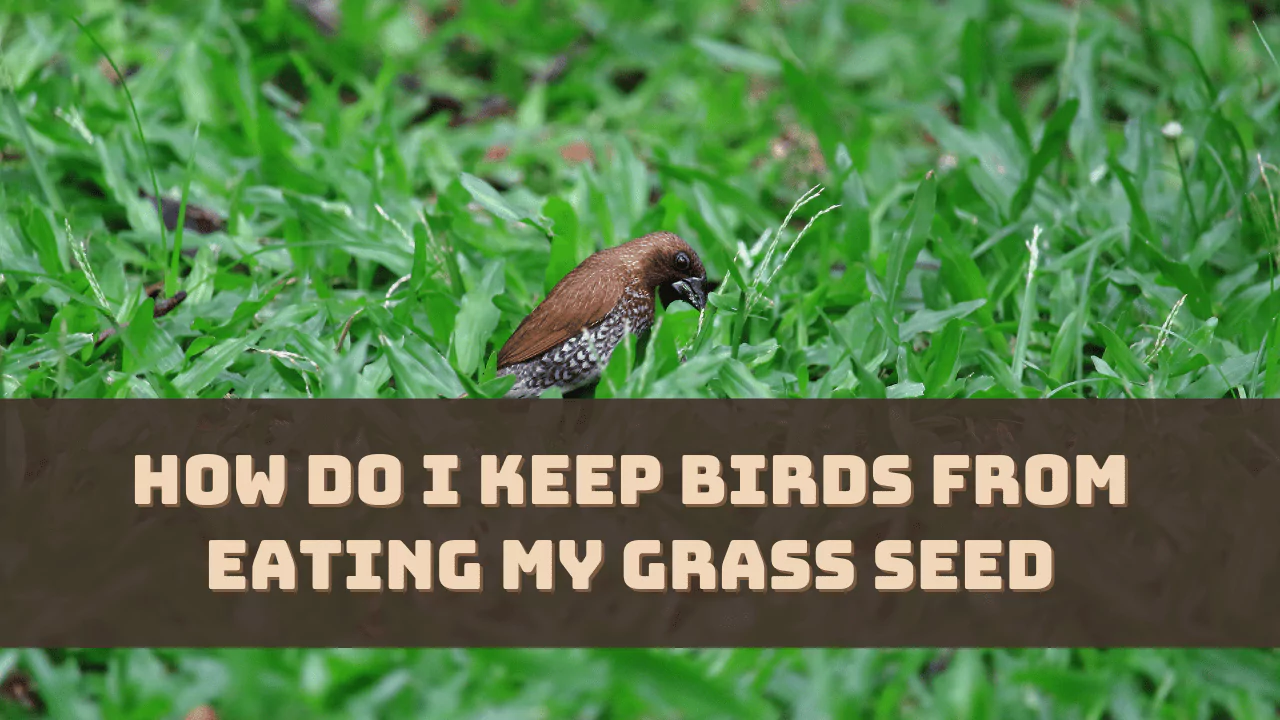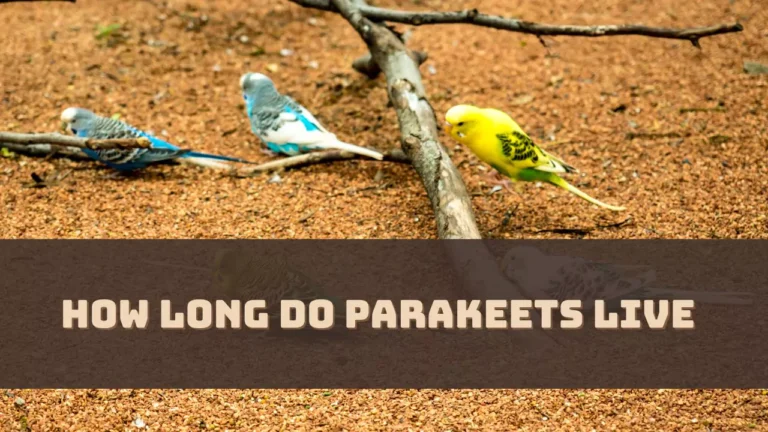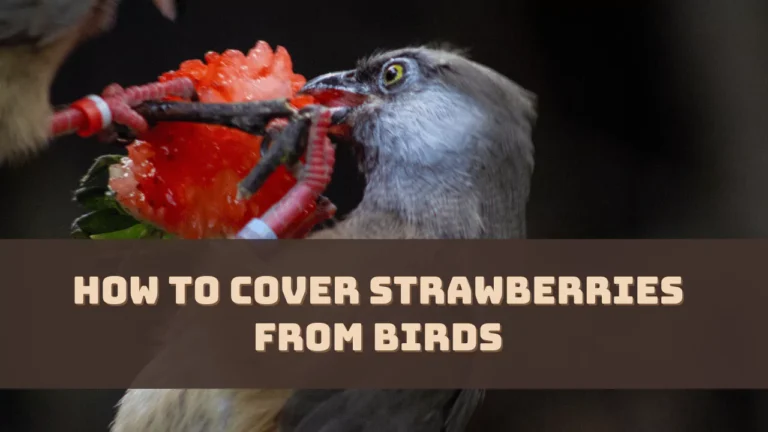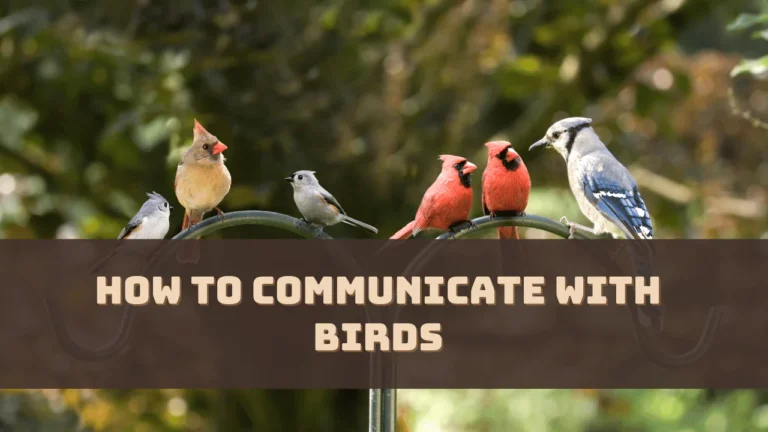Birds are usually attracted to grass seeds and this fondness might create havoc in your new set lawn. So, to prevent birds from eating grass seeds you can try to cover the area, use decoys that would scare them away, or provide them with alternative food so that they do not come near the grass seeds.
However, if these methods are not enough then we have alternative strategies that you can implement to protect the grass seeds.
12 Ways to Protect Grass Seeds From Birds
Let’s get to know the 12 most common ways to protect the grass seeds from getting eaten by the birds.
1. Using Coated Seeds
You can use grass seeds that come with a layer of coating, which makes it taste weird and birds leave them alone. The coating is not harmful to the birds but it would definitely deter their motive. However, you must mix coated grass seeds with non-coated ones as the coated seeds take much time to germinate and the grass also takes longer to grow.
2. Use Absorption Seeds
You can invest in special-bred absorption grass seeds, which are designed to absorb moisture quickly and as a result, the grass will grow much before time, giving the birds less chance to eat them. However, these seeds are quite costly, and to make them affordable, you can mix normal grass seeds with them. Thus, the faster germinating seeds would be able to hide the slow-growing seeds.
3. Cover the Seeds
You can cover the seed by raking it into the soil, making it hard for the birds to spot and eat the grass seeds. However, this won’t work if you need to seed a large area, so alternatively cover them with light straw, which would allow light and sunlight and the seeds would germinate without any hindrance. When the seedlings grow, you can remove the straw. But, be careful as the straw can blow away due to heavy winds.
4. Cover the Seeds with Burlap Sheets
If you are looking for something loose weave and would also allow sun and water to penetrate the soil, then put the seed on the soil and cover it with burlap sheets. However, always put pegs on the edges, otherwise there are chances that the wind might blow the sheets. So, once the seed germinates, you can remove the burlap, also till then, the birds won’t be able to see through the cover.
5. Install Bird Netting
You can also cover the area with bird netting which you can raise and adjust over the seeded areas using garden stakes. You can also drape the net around the seeded area but once the grass starts to grow you have to remove the netting, to allow the area to get enough sunlight.
6. Use Bird Repellent Decoys
You can use decoys that these seed-eating birds fear, such as a fake hawk, eagle, or snake, placed around the perimeter of the seeded area. But, always remember to change the position of these bird repellents every other day, otherwise, birds will soon realize that these are fake. You can add an illusion or a fake owl that can rotate its head to scare away the birds.
7. Using Reflective Tape
Reflective tapes are quite effective in keeping the birds away from grass seeds. You can attach the tape on posts near the seeded area and allow the sun and breeze to create a swinging reflection which would drive the birds away. Alternatively, you can also use old CDs or aluminum foil trays.
8. Hang Wind Chimes
Birds avoid noisy areas so you can hang wind chimes to keep the birds away. The birds would get distracted due to both the sound and motion of the wind chimes, keeping your seeded area intact. Alternatively, you can also hang old tin cans together to create enough noise which would keep the bird away
9. Use Ultrasonic Bird Repeller
If you find that the wind chimes are disturbing the peace of the area, then use ultrasonic bird repellers, which emit high-frequency sound only audible to the birds. Thus, without annoying the humans, this strategy can keep the birds away from the grass-seeded area.
10. Provide Birds with Alternative Food Sources
To distract the birds from grass seeds, you can install a bird feeder and provide other variants of seeds that would satisfy the hunger of the birds. Thus, they won’t get attracted to the grass seeds.
11. Use Horticultural Fleece
Horticultural Fleece can be used to protect the lawn or garden from birds, It is a lightweight, breathable fabric and allows air and moisture to circulate. This is quite similar to the physical barrier which prevents the birds from accessing seeded areas. This fabric comes in different sizes and thicknesses, so you need to choose the one that won’t tear and can be easily spread on the lawn. However, do consider the wind and secure it with stakes or pins.
12. Use a Motion Sprinkler
You can install a motion sprinkler in your lawn which would scare away the birds and also ensure that the grass seeded area is getting enough moisture. Opt for motion-activated sprinklers so that you do not have to manually scare away the birds and allow the seed enough time for good germination.
Can You Prepare Homemade Bird Repellent Solution?
Yes, you can also create a homemade spray to repel the birds from eating grass seeds:
- Prepare Chili Pepper Solution – Take a container and mix 48 pieces of chili pepper (crushed) with 1 gallon of water. Keep the mixture under the sun and allow it to get fermented for 3 to 5 days. Next, pour the solution into a spray bottle
- Prepare Cayenne Pepper Solution – Take a container and mix half a dozen liquid detergents into 1 gallon of water along with 4 teaspoons of cayenne pepper. Mixture the solution, leave it for 2 to 4 days, and pour it into a spray bottle.
You can use either of these homemade bird repellent solutions on the grass seeds and it would definitely drive away the seed eaters.
What is the Proper Way of Seeding?
To create a grass-seeded area, you need to keep the seed in soil contact and cover it lightly with soil or rake it with 1/4 inch of soil. Keep the seeds away from direct sunlight and allow them to germinate by providing enough moisture.
Why are Birds Attracted to Grass Seeds?
Grass seeds are quite nutritious and they act as the natural food source for birds, being easy to locate and digest.




